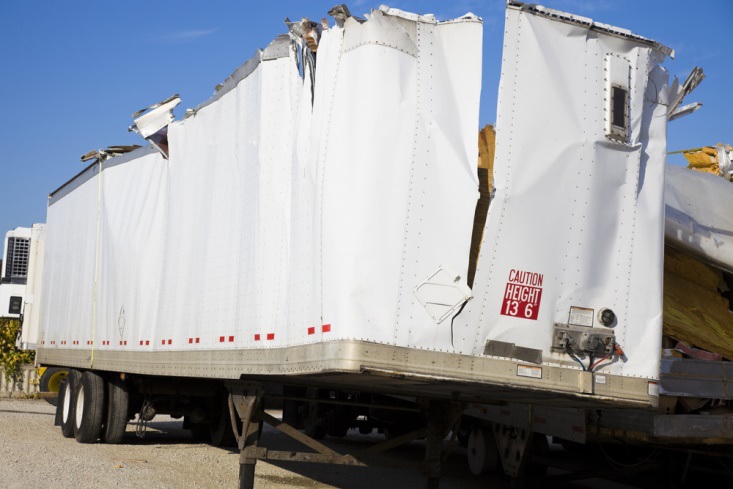[
It’s a good time to get into transportation. In 2015, the industry topped over $700 billion in revenue, a 25 percent increase over the previous year, and making it the fastest-growing industry for small businesses. If you want a reliable way to make money, you want to get into trucking.
Even so, transportation isn’t always as straightforward as other small business opportunities. The industry operates behind-the-scenes, so there are dozens of small details you might not even consider ― like insurance. Truckers need a dozen and more types of coverage to ensure their goods and equipment are entirely safe, but the types of policies are often baffling to newcomers.
Before you jump into trucking with both feet, you should learn about them via our new trucker’s guide to insurance, as explained below. You should also familiarize yourself with financing options to cover the cost of insurance, such as business loans or working with freight factoring company.
Primary Liability Insurance
Primary liability should be familiar to new truckers because it is essentially the mandatory minimum coverage in most U.S. states. This insurance pays for damages you create with your truck; for example, if you rear-end a four-wheeler because you are unable to stop in time, or if you side-swipe a building during a particularly sharp right turn, your insurance policy should cover your mistakes.
Primary liability insurance is required by the Federal Motor Carrier Safety Administration (FMCSA). If you drive for a fleet, your carrier will probably manage this insurance, but it is wise to consult your contract before you get behind the wheel. Most heavy-duty trucks, like these used Volvo trucks, require a policy for $750,000, but some precious or hazardous commodities require a policy as high as $5 million. If you drive a smaller truck ― one weighing less than 10,001 pounds, you may be able to skate by with a $300,000 policy.
Physical Damage Coverage
When buying insurance, many drivers focus on obtaining only the minimum coverage. Unfortunately, minimum requirements don’t bother with protecting drivers and their property from outside harm. While on the road, all sorts of damage occurs to a semi-truck, and all of it can be expensive to fix, which is why physical damage insurance is so important. Often, these policies cover fires, thefts, instances of vandalism, and other external events that can seriously impact a driver’s ability to make deliveries.
Though physical damage coverage isn’t mandated, it is wise to have a policy that effectively protects the value of your truck and trailer. Because policy amounts vary greatly depending on the value of a vehicle (and the amount you are able to pay) you should discuss this need with your insurance provider to get the best coverage for you. Some of the large auto insurance providers, like Progressive and Nationwide, can offer some commercial trucking options, but for more comprehensive plans, you might look to more specialized providers in your area.
Bobtail Insurance

Also called deadhead, unladen, non-trucking, or secondary liability insurance, bobtail coverage works to protect your truck from damage even when it isn’t on the road. Unfortunately, truckers can experience long stretches of down time, and typical policies used by trucking companies usually do not cover vehicles when they aren’t on jobs. When your truck is getting serviced in a garage, being cleaned in a car wash, or simply parked in a lot, you should have insurance to protect it from disaster, which is why you need a bobtail plan.
Unlike primary liability insurance, bobtail insurance is the sole responsibility of drivers, if they choose to accept it. However, if you are the owner of your truck ― or the corporation that owns the truck ― you do not need to worry about bobtail coverage.
Motor Truck Cargo Insurance
The goal of commercial trucking is to take cargo safely from one place to another, so if your cargo is damaged in transit, your clients will be less than pleased. To prevent their own losses, most clients require trucking companies to have cargo insurance, which will provide the value of shipped goods should they accidentally fall victim to fire, dumping, or another trucking catastrophe.
Unfortunately, “all-risk” cargo coverage is rarely available, so you must tailor your cargo insurance to the most likely risks associated with your commodities and route. FMCSA strongly suggests motor carriers procure cargo insurance for at least $5,000 per vehicle, but many clients expect coverage of at least $100,000. The limit you choose will largely depend on your clients’ needs.








